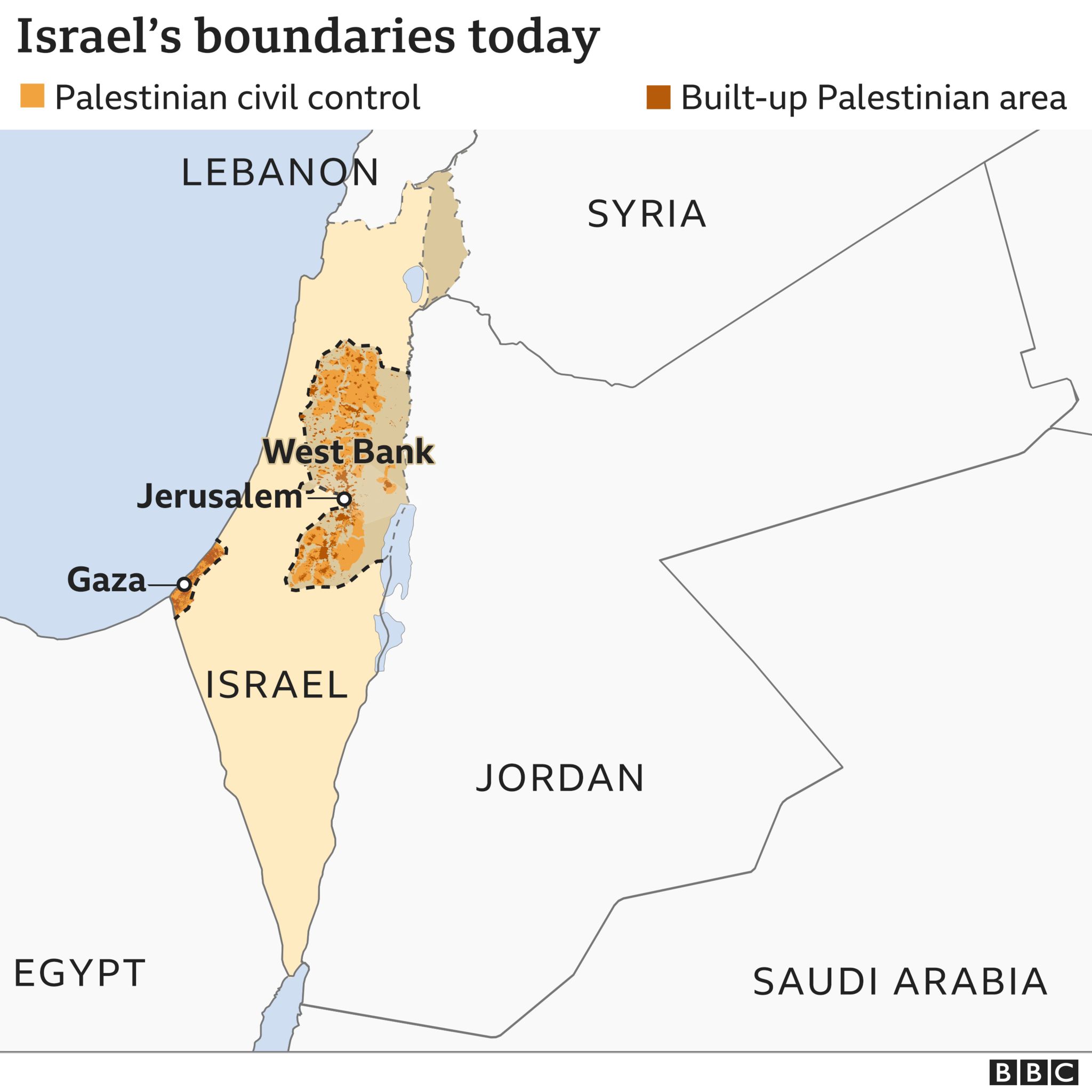Pakistan vs India World Cup 2024 – the mere mention of these words conjures images of electrifying clashes, nail-biting finishes, and a level of sporting intensity rarely seen elsewhere. This isn’t just a cricket match; it’s a cultural phenomenon, a clash of titans steeped in decades of history, fierce competition, and unwavering passion from billions of fans worldwide. Get ready for a rollercoaster ride as we delve into the potential match-ups, strategic battles, and the sheer electrifying atmosphere that will undoubtedly define this monumental encounter.
From the legendary battles of the past to the anticipated showdown in 2024, we’ll dissect the historical context of this rivalry, analyzing the strengths and weaknesses of both teams, exploring potential match scenarios, and predicting the media frenzy that will undoubtedly surround the event. We’ll even peek into the minds of the fans, imagining their hopes, fears, and the social media storm that will inevitably erupt.
Buckle up, cricket lovers, because this is going to be one heck of a ride!
Historical Context of Pakistan vs India World Cup Matches
The rivalry between Pakistan and India in cricket transcends the boundaries of sport; it’s a clash of cultures, histories, and national identities played out on the international stage. This deeply rooted antagonism, fueled by geopolitical tensions and shared yet distinct histories, manifests most intensely during World Cup encounters. These matches are not just cricket games; they are national events, captivating millions and generating unparalleled fervor.
Explore the different advantages of world cup in 1930 that can change the way you view this issue.
The historical context of Pakistan vs. India World Cup matches is rich with dramatic moments, unforgettable performances, and significant socio-political ramifications. From tense bowling spells to breathtaking batting displays, these encounters have consistently delivered high-stakes drama and unforgettable moments that have become etched in cricketing folklore.
Significant Pakistan vs India World Cup Encounters
The history of World Cup clashes between these two nations is filled with iconic moments. A timeline reveals the evolution of this intense rivalry, from early encounters to more recent, equally gripping contests. The matches often represent more than just a sporting contest; they symbolize the complex relationship between the two nations.
For instance, the 1992 World Cup quarter-final saw a thrilling Pakistan victory, setting the stage for their eventual triumph. Conversely, India’s victories in subsequent World Cups, particularly the 2011 World Cup, have been equally significant, highlighting the fluctuating fortunes of this intense rivalry.
| Year | Match | Result | Key Moment |
|---|---|---|---|
| 1992 | Quarter-final | Pakistan won | Imran Khan’s captaincy and Wasim Akram’s bowling |
| 1999 | League Stage | India won | Sachin Tendulkar’s masterful innings |
| 2003 | League Stage | India won | Sourav Ganguly’s aggressive captaincy |
| 2011 | Semi-final | India won | MS Dhoni’s calm leadership and Yuvraj Singh’s all-round brilliance |
| 2015 | League Stage | India won | Virat Kohli’s match-winning knock |
Memorable Individual Performances
Beyond the overall match results, several individual performances have cemented their place in the annals of this rivalry. These displays of skill and determination often transcend the sporting context, becoming symbols of national pride and individual prowess.
These individual performances often become defining moments, remembered and discussed long after the matches conclude. They contribute significantly to the legend surrounding this iconic sporting rivalry.
- Sachin Tendulkar’s numerous impactful innings against Pakistan in World Cups remain legendary.
- Wasim Akram’s devastating bowling spells have consistently troubled Indian batsmen.
- MS Dhoni’s calm and calculated leadership has often been the key to India’s success against Pakistan.
- Imran Khan’s inspirational captaincy in the 1992 World Cup remains a source of pride for Pakistan.
Socio-Political Impact
The impact of Pakistan vs. India World Cup matches extends far beyond the cricket field. These matches often become focal points for nationalistic sentiment and serve as powerful symbols of national pride and identity for both countries.
The intense emotions surrounding these matches reflect the complex and often strained relationship between the two nations. The results can significantly influence public discourse and even impact diplomatic relations, albeit indirectly.
“These matches are more than just cricket; they’re a reflection of the deep-seated rivalry and the shared history between the two nations.”
Predicted Match Scenarios and Strategies

The Pakistan versus India World Cup clash is always a spectacle, a clash of cricketing titans brimming with potential for drama. Predicting the outcome is a fool’s errand, yet analyzing potential scenarios, strategies, and influencing factors offers valuable insight into what might unfold on the field. This analysis explores three possible match scenarios, highlighting key strategic decisions and tactical approaches that could determine the victor.
Pakistan Victory: A Clinical Performance, Pakistan vs india world cup 2024
A Pakistan victory hinges on their ability to execute their game plan flawlessly. This scenario envisions a dominant performance across all facets of the game. Pakistan’s batting lineup, spearheaded by Babar Azam and Mohammad Rizwan, needs to post a challenging total, exceeding 300 runs. This requires a strong start, smart partnerships, and calculated aggression. Their bowling attack, featuring Shaheen Afridi’s early wickets and the guile of Naseem Shah and Haris Rauf, needs to consistently restrict India’s run rate.
Crucially, Pakistan’s fielding must be impeccable, minimizing extras and preventing boundary hits. A key moment could be a crucial early wicket by Shaheen Afridi, setting the tone for the match. This victory wouldn’t be a fluke; it would be a testament to Pakistan’s superior execution and strategic depth. Their success would rely on a cohesive team effort, showcasing their skills in batting, bowling, and fielding.
India Victory: Dominance Through All-Round Prowess
An Indian victory would likely involve a complete performance across batting, bowling, and fielding. Virat Kohli and Rohit Sharma would need to lead from the front, anchoring the innings and constructing substantial partnerships. India’s middle order would need to provide consistent support, ensuring a large total exceeding 320 runs. Their bowling attack, featuring Jasprit Bumrah’s precision, Mohammed Shami’s pace, and Kuldeep Yadav’s spin, would need to maintain pressure and take wickets at regular intervals.
India’s fielding, renowned for its athleticism and sharp catches, would need to minimize any opportunities for Pakistan to gain momentum. A crucial moment might be a spectacular catch by Virat Kohli or a match-winning spell by Bumrah. This scenario portrays India’s strength in all areas of the game, showcasing their all-around prowess.
Close Finish: A Nail-Biting Encounter
A close finish would be a testament to the intense rivalry and evenly matched skills. This scenario sees both teams playing well but with key moments swinging the momentum. Both batting lineups would likely post competitive totals, with the match decided by small margins. Tight bowling spells from both sides, punctuated by crucial wickets, would keep the tension high.
The outcome would depend on individual brilliance, tactical flexibility, and even a bit of luck. A dropped catch, a last-ball six, or a controversial umpiring decision could all play pivotal roles. Think of the 2011 World Cup final between India and Sri Lanka – a close contest decided by fine margins. This match could be similar, with the winning team ultimately emerging as a result of several critical moments throughout the game.
The match would likely be a rollercoaster of emotions, keeping the fans on the edge of their seats until the very last ball.
Impact of Venue and Pitch Conditions: Pakistan Vs India World Cup 2024

The venue and pitch conditions for a Pakistan vs. India World Cup match are crucial factors influencing the outcome. The inherent differences in playing styles between the two teams, coupled with the vagaries of weather and pitch characteristics, can significantly tilt the balance of power. A seemingly minor detail like the pace of the bounce can drastically alter a team’s strategic approach and ultimately determine the victor.
Venue’s Influence on Team Performance
The selection of the venue profoundly impacts both teams. A fast, bouncy pitch, for instance, might favor India’s pace attack and batsmen who excel at playing fast bowling. Conversely, a slow, low, turning pitch could give Pakistan’s spinners a significant advantage, potentially neutralizing India’s strengths. Historically, India has demonstrated stronger performances on faster pitches, while Pakistan has often thrived on wickets offering more assistance to spinners.
Consider the 2011 World Cup final at Wankhede Stadium, Mumbai; the pitch was relatively flat, allowing India’s batting lineup to flourish, leading to their victory. In contrast, Pakistan’s victories in matches played on spin-friendly wickets have been more frequent.
Historical Performance on Different Pitch Types
Analyzing past performances on similar pitches provides valuable insights. Both teams have extensive data showcasing their strengths and weaknesses on various surfaces. For example, examining matches played on pitches with high bounce reveals India’s consistent success with their pace battery and powerful batsmen capable of driving and pulling effectively. Similarly, reviewing matches on low, slow turners highlights Pakistan’s dominance with their spinners and batsmen adept at playing spin.
This historical analysis allows for a more informed prediction of potential match scenarios.
Weather’s Impact on Match Dynamics
Unpredictable weather conditions can significantly alter the match’s flow. Rain interruptions can disrupt momentum and favor one team over another, potentially leading to a revised target or even an abandonment. Extreme heat can also affect player performance, leading to fatigue and impacting both batting and bowling strategies. For instance, a sudden downpour might halt India’s pace onslaught, allowing Pakistan to regroup and exploit the changed conditions.
Conversely, intense heat could tire out Pakistan’s spinners, potentially impacting their bowling effectiveness.
Ideal Pitch Conditions for Each Team
The ideal pitch conditions differ significantly for both teams. For India, a fast, bouncy pitch with good pace and carry is preferable. This allows their fast bowlers to extract maximum bounce and pace, while their batsmen can confidently play their shots. A visual representation would show a pitch with a firm surface, offering minimal deviation, allowing for consistent bounce and carry.
Conversely, Pakistan’s ideal pitch would be slower, offering more turn and bounce for their spinners. This visual would show a pitch with more visible wear and tear, cracks offering variable bounce, and a surface encouraging spin. The contrast between these ideal conditions underlines the crucial role pitch conditions play in determining the match’s likely outcome.
The Pakistan vs India World Cup 2024 clash promises to be more than just a cricket match; it’s a spectacle, a cultural event of immense proportions. The historical weight of the rivalry, coupled with the current form of both teams, guarantees an electrifying atmosphere, regardless of the final score. Whether it’s a nail-biting finish, a dominant victory for one side, or a display of exceptional individual brilliance, one thing is certain: this match will be etched into the annals of cricket history, forever shaping the narrative of this legendary rivalry.
Get ready for the fireworks!



